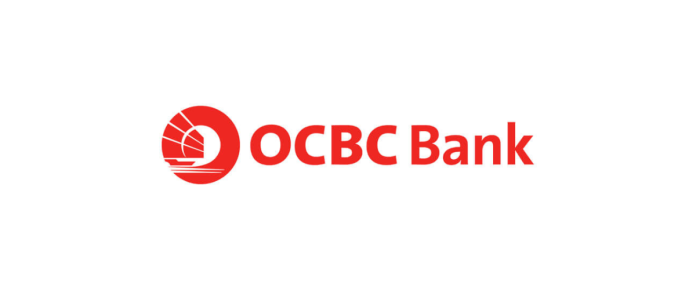Behind OCBC’s Flat Profit: A Banking Engine in Transition
At first glance, OCBC’s third-quarter 2025 results seem remarkably stable, with net profit holding steady year-over-year at S$1.98 billion. But that headline number hides a fierce tug-of-war between its traditional interest-based income and its rapidly accelerating wealth management franchise. A closer look reveals a strategic pivot where traditional profit drivers are weakening, while new engines are firing at record levels. Here are the three most impactful takeaways from OCBC’s latest financial report.
1. Interest Income Took a Hit, But It Didn’t Sink the Ship
Counterintuitively, Net Interest Income, the traditional bedrock of banking profitability, fell by a notable 9% year-over-year to S$2.23 billion. Signaling a consistent, ongoing pressure, it also dropped 2% from the previous quarter.
This was caused by a compression in the Net Interest Margin (NIM), which tightened to 1.84%. In a softening interest rate environment, the yields OCBC earned on its loans fell more quickly than the interest it had to pay out on customer deposits, putting pressure on this core income stream.
2. A Record-Breaking Quarter for Wealth Management
The decline in interest income was more than offset by a powerful surge from other business lines. The bank’s Non-Interest Income soared to a record S$1.57 billion, a 24% increase from the previous quarter, powered by its formidable wealth management franchise.
This holistic wealth business, which includes banking, insurance, and asset management, saw its total income climb 25% from the prior quarter to a new high of S1.62 billion. Demonstrating its strategic importance, this division now accounts for a massive 43% of the Group’s total income. This momentum was underpinned by strong customer activity, driving overall net fee income up 34% year-over-year. The powerful quarter-on-quarter acceleration was particularly evident in wealth management fees, which jumped 35% from the previous quarter, alongside a record S336 billion in Banking Wealth Management Assets Under Management (AUM).
3. The Unchanging Metric That Matters: Rock-Solid Stability
While the bank’s income sources are shifting, its foundation remains exceptionally firm. In a volatile economic climate, OCBC has maintained outstanding asset quality, a critical indicator of financial health.
The bank’s Non-Performing Loan (NPL) ratio has held steady at just 0.9% for six consecutive quarters. This stability is further reinforced by the bank’s strong provisioning, with a Non-Performing Asset (NPA) coverage ratio of 160% as of September 2025. This shows not only that few loans are going bad, but that the bank is exceptionally well-prepared for those that do, providing a solid anchor even as its profit engines evolve.
A Glimpse into the Future of Banking?
OCBC’s third-quarter performance paints a clear picture of a successful strategic pivot. It shows how a diversified franchise, with powerful wealth management and insurance arms, can not only weather headwinds in traditional interest income but actively thrive.
Group CEO Helen Wong summarized the bank’s position and outlook:
“We delivered a strong set of third quarter results, which underscored the resilience of our diversified banking, wealth management and insurance franchise. … Looking ahead, the external environment remains complex, shaped by shifting policy dynamics and geopolitical tensions. Our strong balance sheet and robust capital position provides us with flexibility to manage these risks, and enables us to support our customers and invest for future growth.”
Is this strategic shift from interest reliance to a diversified, fee-based model the new blueprint for banking success in an uncertain world?
WATCH THE EXPLAINER VIDEO BELOW:
LISTEN TO THE PODCAST BELOW:
Related stories: DBS Delivers A Record Q3 2025

